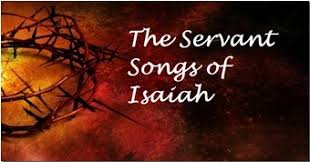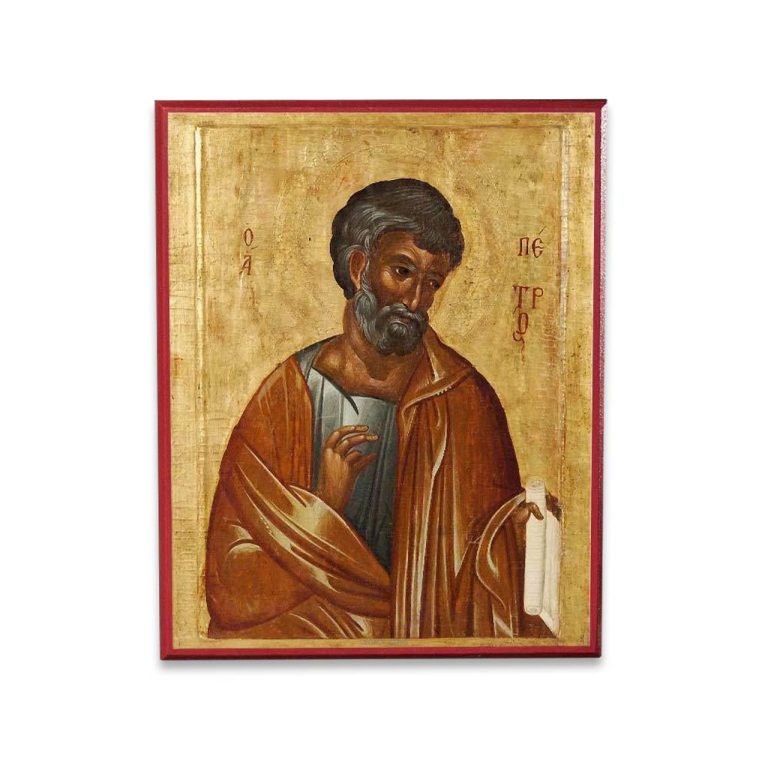
Ancient Anglican
A Modern Perspective on Early Christian Thought.
New on the Blog
The Servant Songs of Isaiah – Chapter 49, pt.2
We see in Jesus the fulfillment of this Servant Song. But ultimately, the Servant’s mission is achieved in us, the Church.
The Servant Songs of Isaiah – Chapter 49, pt.1
The exile and the estrangement are caused by sin, and yet God pronounces that He blots our transgressions, and no longer remembers our sins.
The Servant Songs of Isaiah – Chapter 42, pt.2
For the Gospel writers, this description of the Servant proclaims Jesus. For it is Jesus who ultimately fulfills the prophet’s words.
The Servant Songs of Isaiah – Chapter 42, pt.1
Out of this profound sense of despondency, the prophet comes to proclaim God’s redemption of his people and to give them an understanding of the divine economy and the role that suffering plays. And so he begins with the proclamation of “Comfort, Comfort, ye my people.”
Names of God: Jehovah Rohi (Our Shepherd)
hroughout the Hebrew Scriptures, and specifically in the Psalms and the Prophets, God is seen as the shepherd of his people. It is this name of God, that Jesus that specifically appropriates to himself.
Names of God: El Elyon (Our God Most High)
he only place in Scripture that “El Elyon” is mentioned is the story of Melchizedek, where he is the priest of this name of God.
Names of God: Jehovah-tseboath (God of War)
Read is a spiritual manner (2 Cor. 3:6), these prophetic pronouncements concerning Jehovah-tseboath are not judgments upon people but against the adversarial hosts of darkness and evil (Eph. 6:12), the destruction of which brings about the restoration of the image of God within us all.
Names of God: Jehovah-shalom (God of Peace)
The God of Peace, in the first instance, doesn’t bring peace among the inhabitants of this world, rather, the Peace is between God and his Creation so that, like Gideon, there is no longer any fear.
Names of God: Jehovah Nissi (Our Banner) and Jehovah Rophe (Our Healer)
As you work through these names and read the stories associated with each name, think about a time where and when God personally intervened on your behalf. And, like Abraham and Moses, find a name for that place and event.
Names of God: Jehovah-jireh (Our Provider)
The name “Jehovah-jireh” is only used once and arises from the story of the Sacrifice of Isaac in Genesis 22.
A Sermon on Peter’s Confession
In following Jesus the Messiah, we are a people of prayer, of proclamation, and of an abiding humility. We follow him in peace, respecting the dignity of others, and caring for their physical needs. And, like the Messiah, we are a people of forgiveness and reconciliation. This is what it means, when we call ourselves, The Church of the Messiah.
Names of God: Adonai (Our Master)
The name “adonai” derives from the Hebrew word “adon” meaning “lord” or “master.” The word Adonai is the superlative or emphatic form of adon, and is used in the Hebrew Scriptures to refer exclusively to the Divine.









